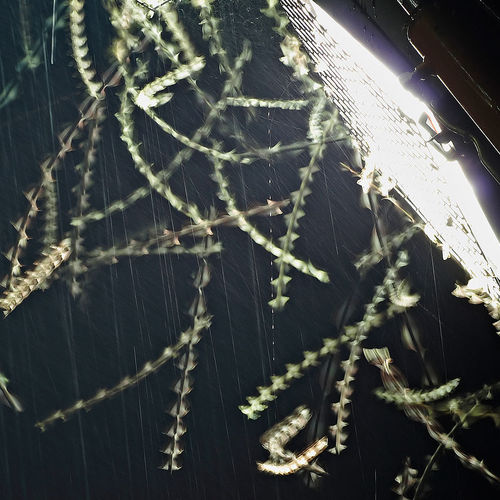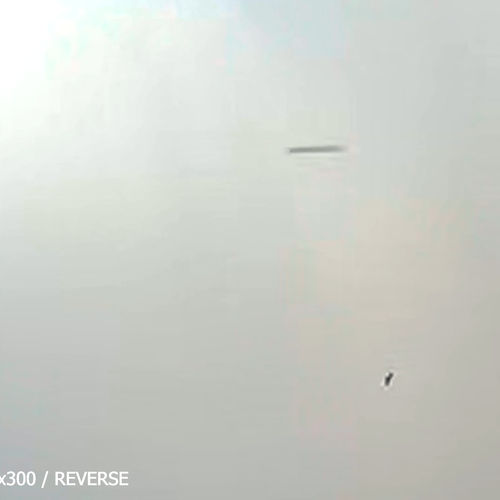| ID | #1565185190 |
| Added | Wed, 07/08/2019 |
| Author | July N. |
| Sources | |
| Phenomena | |
| Status | Hypothesis
|
Initial data
1 Oct 2011 unidentified man was aboard a boat on the river Petrohue in Chile when he took a picture of a giant cigar-shaped UFO just above one of the most active volcanoes in the country.
Indications:
"I was on a boat near the waterfall Petrohue in Chile and took some pictures of the Osorno volcano. On one of my photos shows a burning cigar-shaped UFO, which seems to be right in the volcano."
Osorno volcano is a mountain that rises to 2652 meters (8701 feet). It is located in the Los Lagos region, in the South of the country. Scientists believe it is the most active volcano of the Andes.
Translated by «Yandex.Translator»
Original news
Le 1er octobre 2011, une personne non identifiée naviguait à bord d’un bateau sur la rivière de Petrohué, au Chili, quand elle a photographié un gigantesque OVNI en forme de cigare juste au-dessus d’un des volcans les plus actifs du pays.
Témoignage :
« J’étais sur un bateau près des chutes de Petrohué Falls, au Chili, et j’ai pris quelques photos du volcan Osorno.
L’une de mes photos montre un OVNI en forme de cigare enflammé et qui semble piquer du nez directement vers l’intérieur du volcan. »
Le volcan Osorno est une montagne qui culmine à 2652 mètres d’altitude (soit 8701 pieds). Il est situé dans la région de Los Lagos, au Sud du pays. Il est considéré par les scientifiques comme étant le volcan le plus actif des Andes.
En 2005, un mystérieux OVNI en forme de cigare avait été photographié dans les environs de cette même montagne.
Les agriculteurs du voisinage et les habitants locaux ont de nombreuses fois observés des lumières qui se déplaçaient en effectuant des mouvements irréguliers dans le ciel. A chaque fois, elles disparaissaient alors qu’elles s’approchaient du volcan susmentionné.
En outre, les résidents du coin affirment que ces phénomènes sont relativement fréquents dans la région.
Hypotheses
Objects in motion, captured on a long exposure

Most often this artifact is called skayfish if the lens gets a passing bird or insect. It is based on the discrepancy between the speed of the video and the frequency of the flapping of insect wings. Essentially, each video drops a few strokes of the wings of an insect, which when viewed looks like "arrow", provided with long protuberances. The motion of the insect by its translucent body seems to "boom" and vibration of the wings give the appearance of bumps.
Investigation
Resume
Similar facts
Log in or register to post comments







